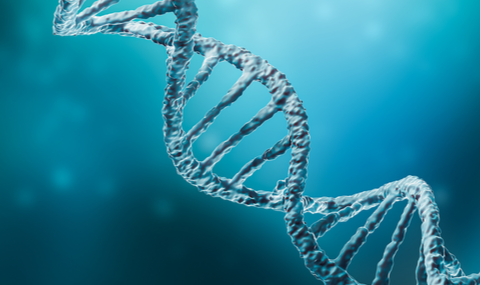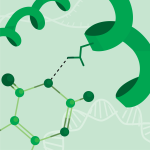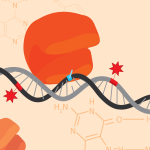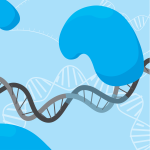Transcription factor–DNA recognition mechanism
It is now well established that proteins use both the one-dimensional (1D) sequence and the three-dimensional (3D) shape of DNA to bind to and act on their target sites. However, our current mechanistic understanding of protein-DNA recognition lags behind the growing realization of their biological importance, and fundamental components of the recognition code remain poorly understood. For example, although many proteins distort the DNA, we still do not know the energetic costs of these distortions for most protein-DNA binding reactions. Furthermore, for most reactions, we do not even know the energetic contributions of individual bases within different base pairs or the contributions of the DNA sugar-phosphate backbone.
We seek to fill in these gaps in our knowledge by deeply characterizing how changes in the DNA structure, the DNA bases, and the DNA backbone affect protein-DNA interactions.





